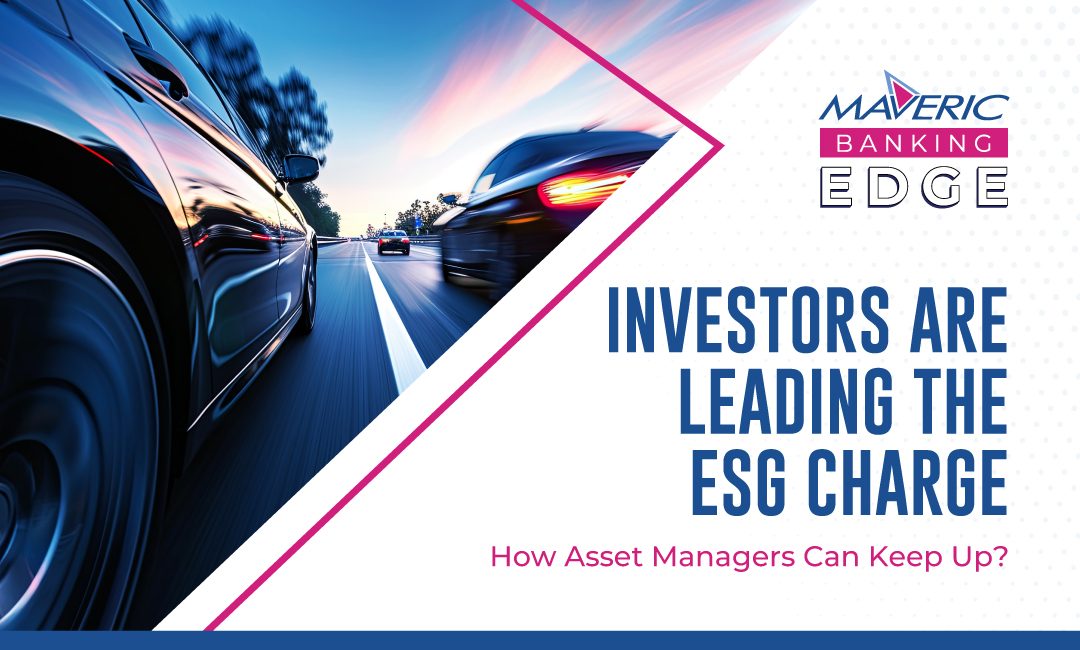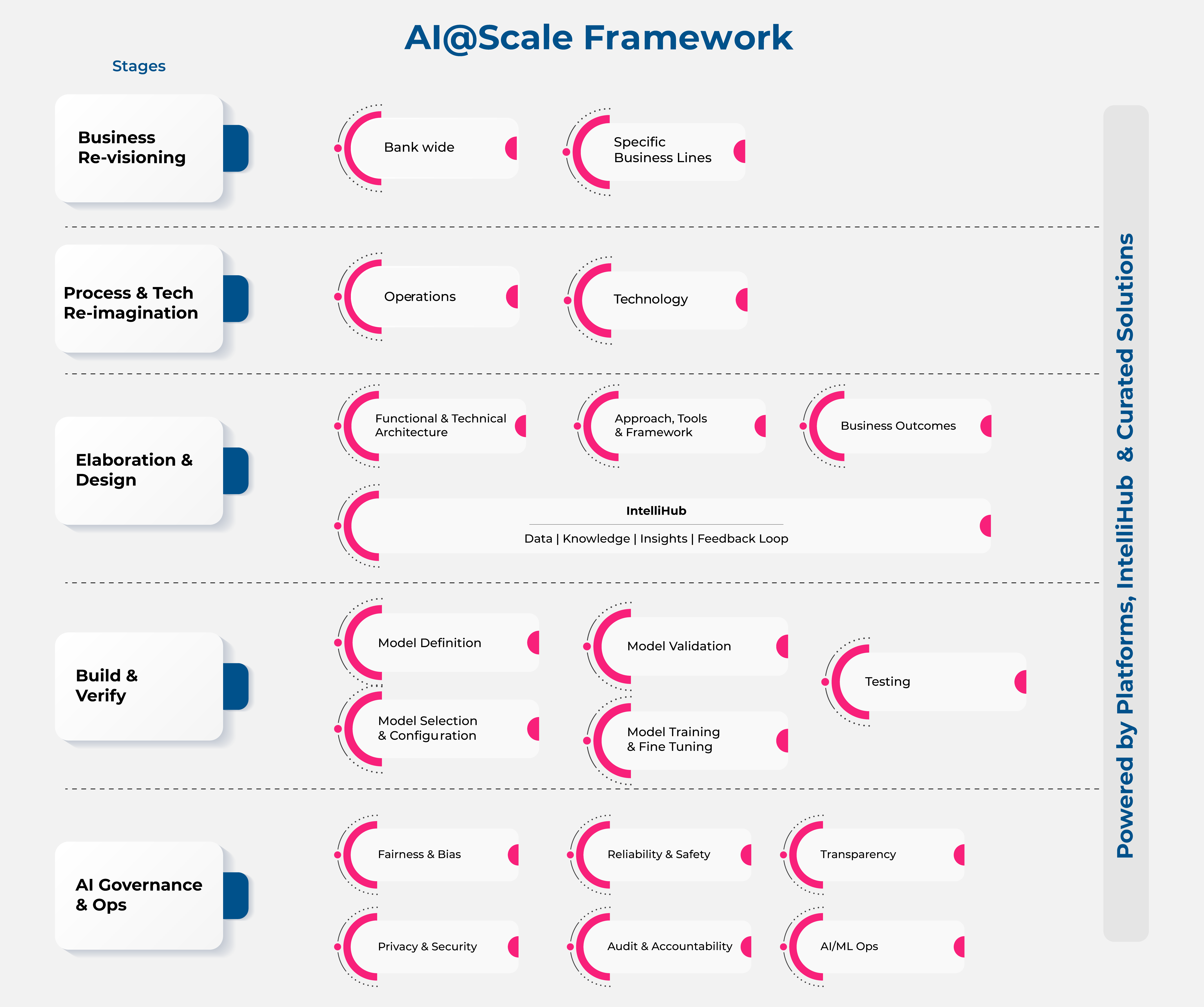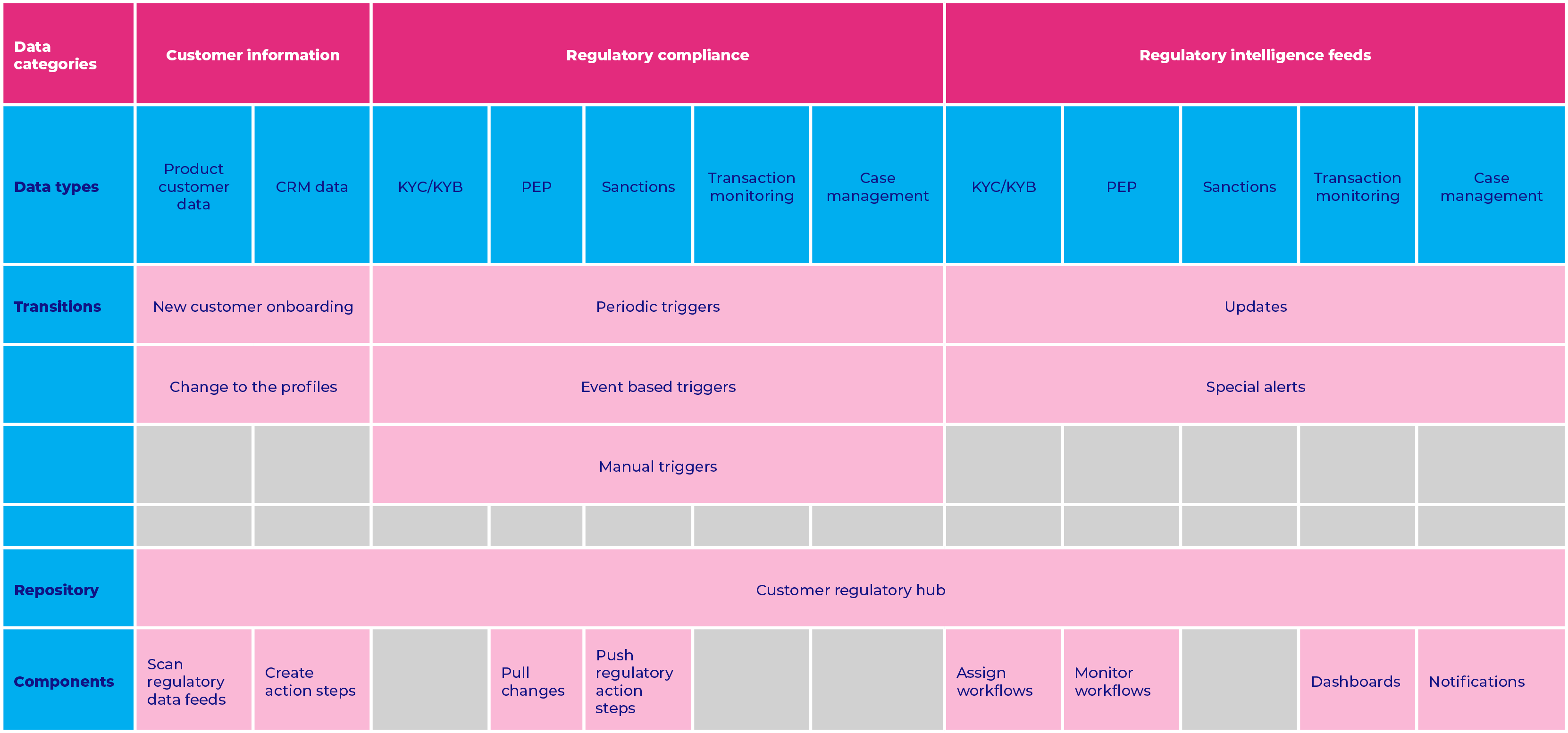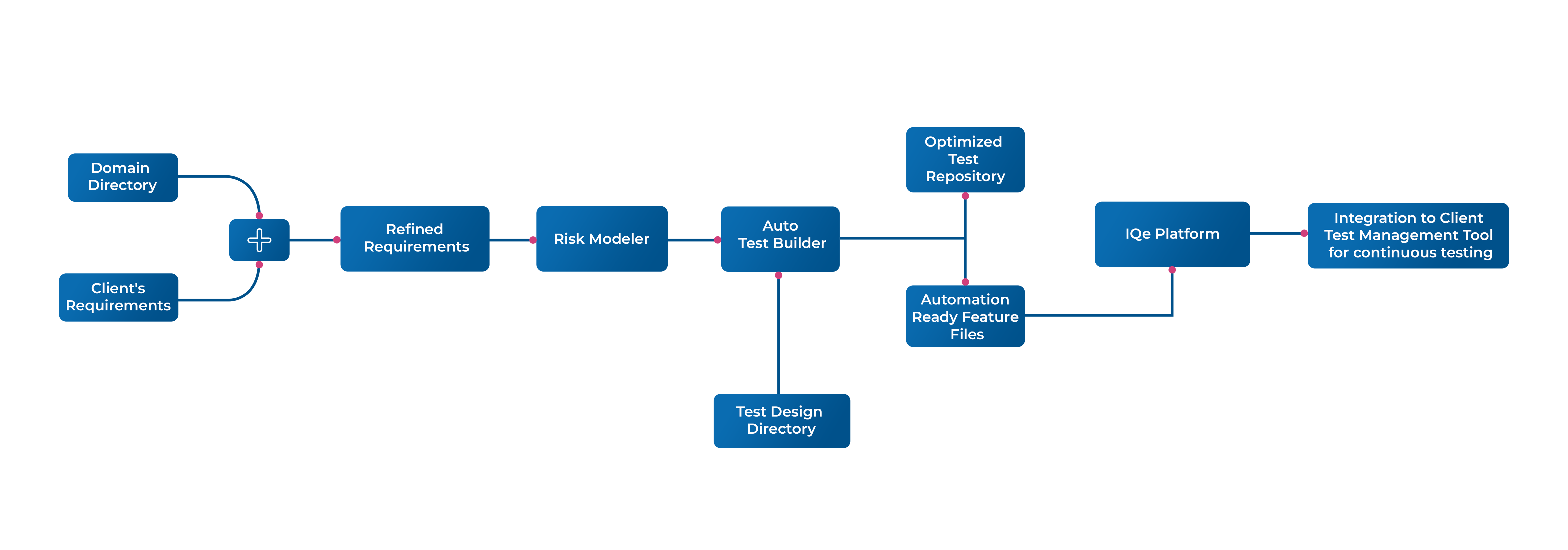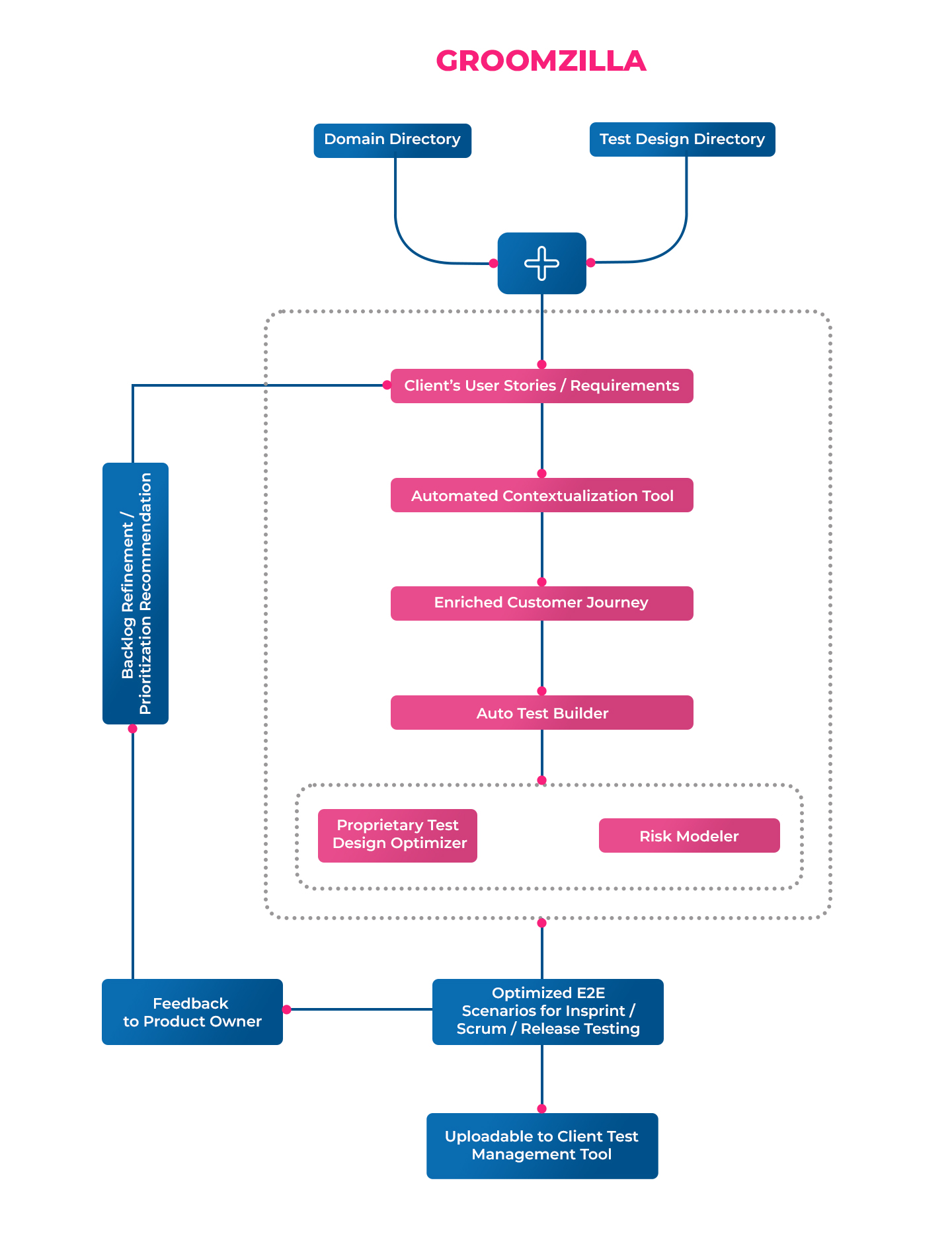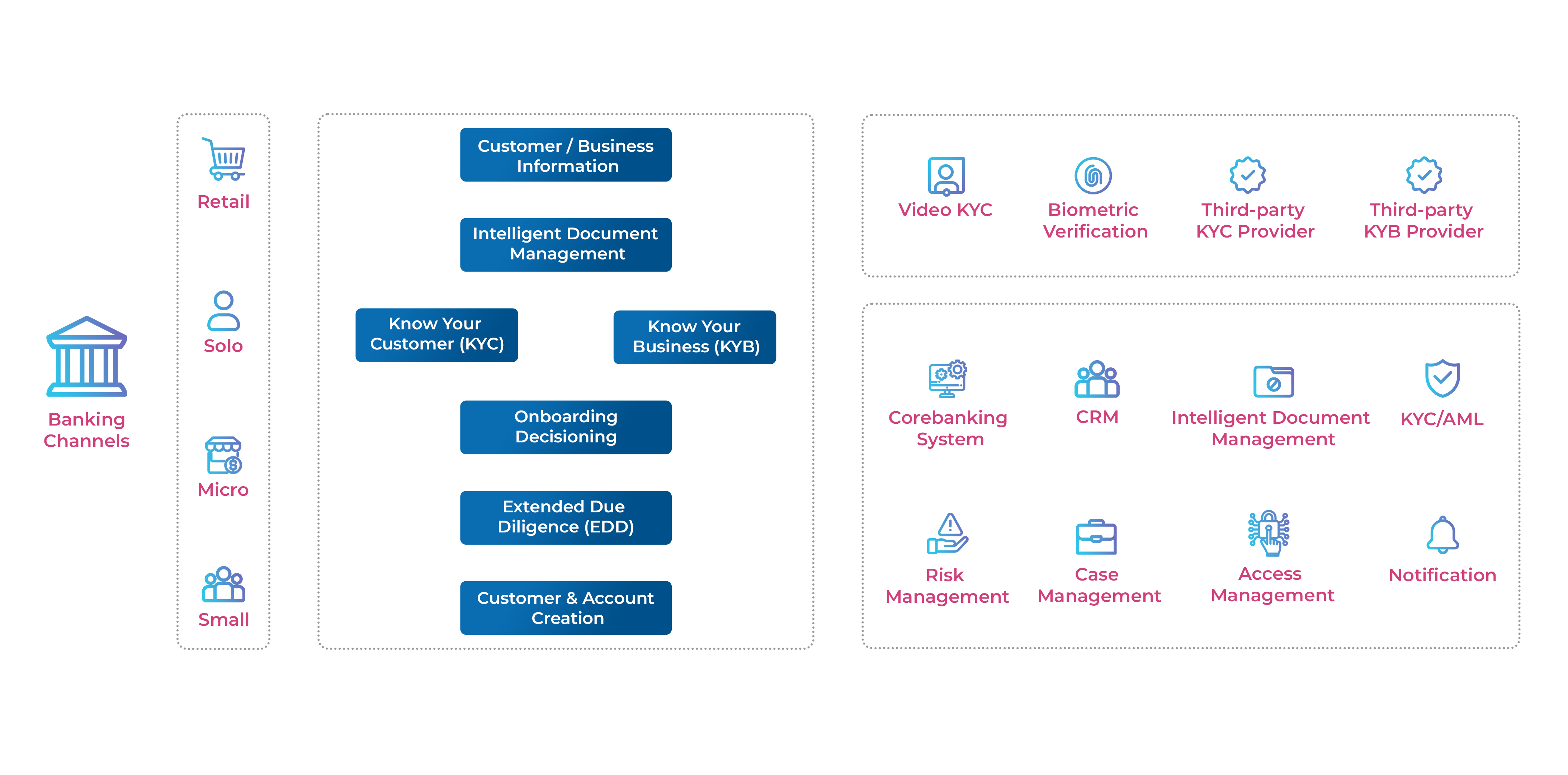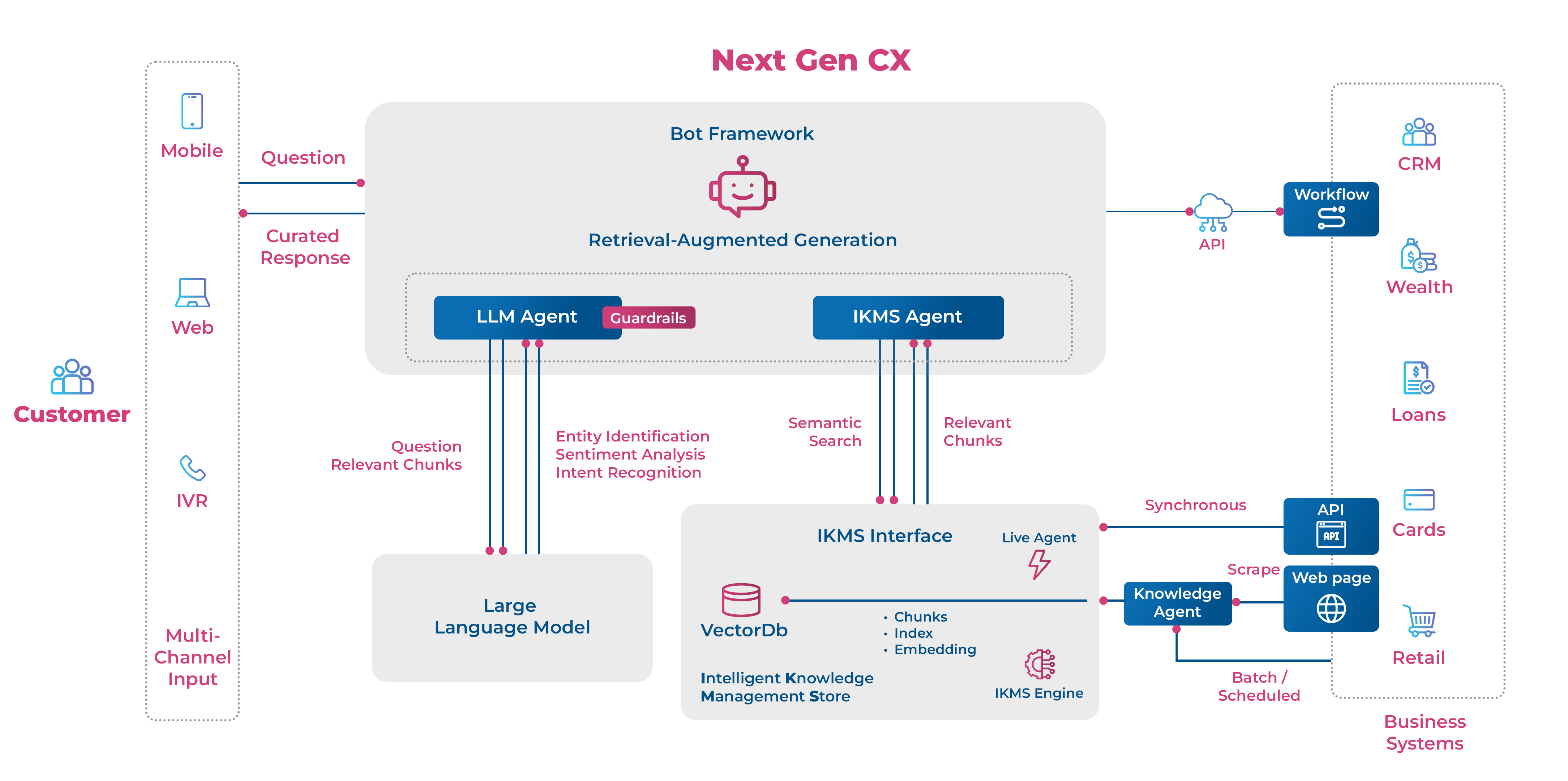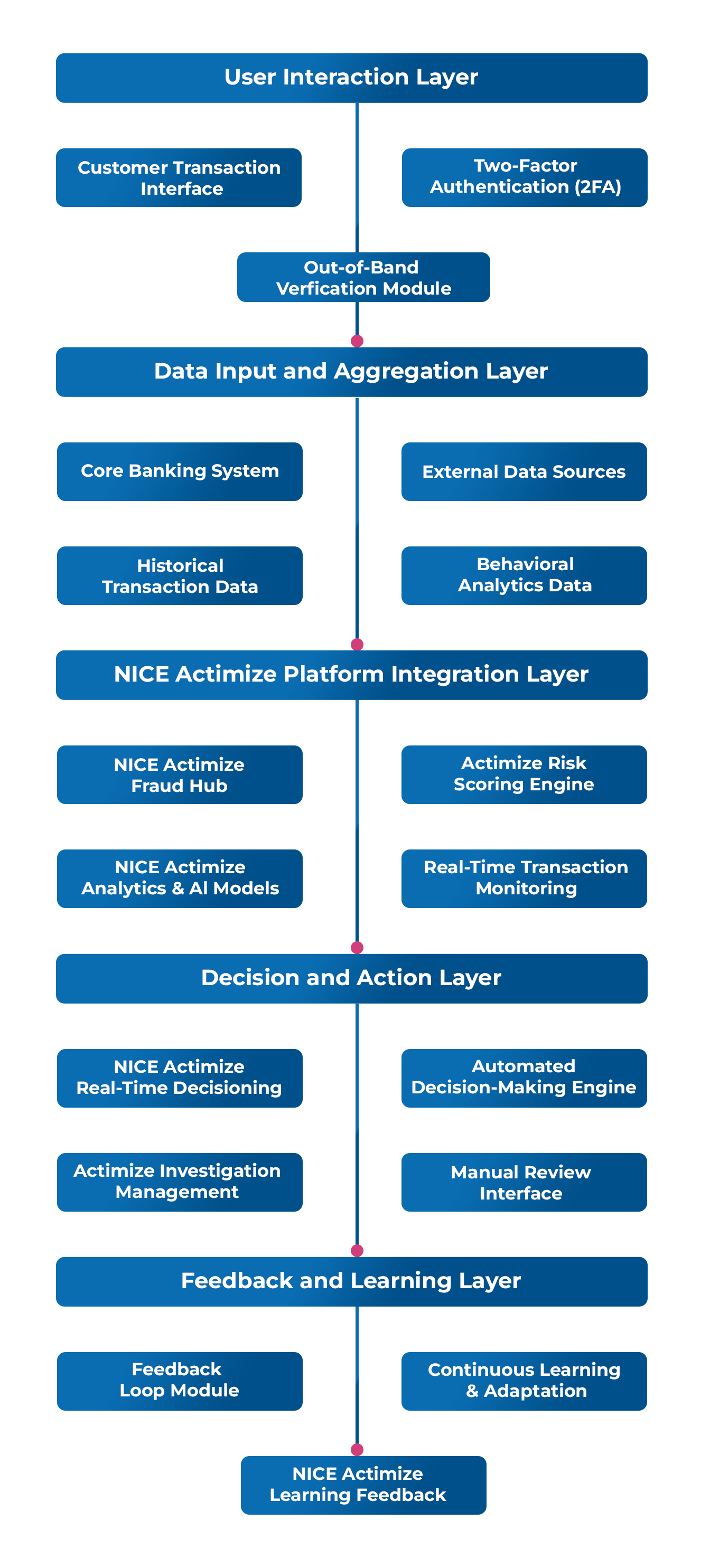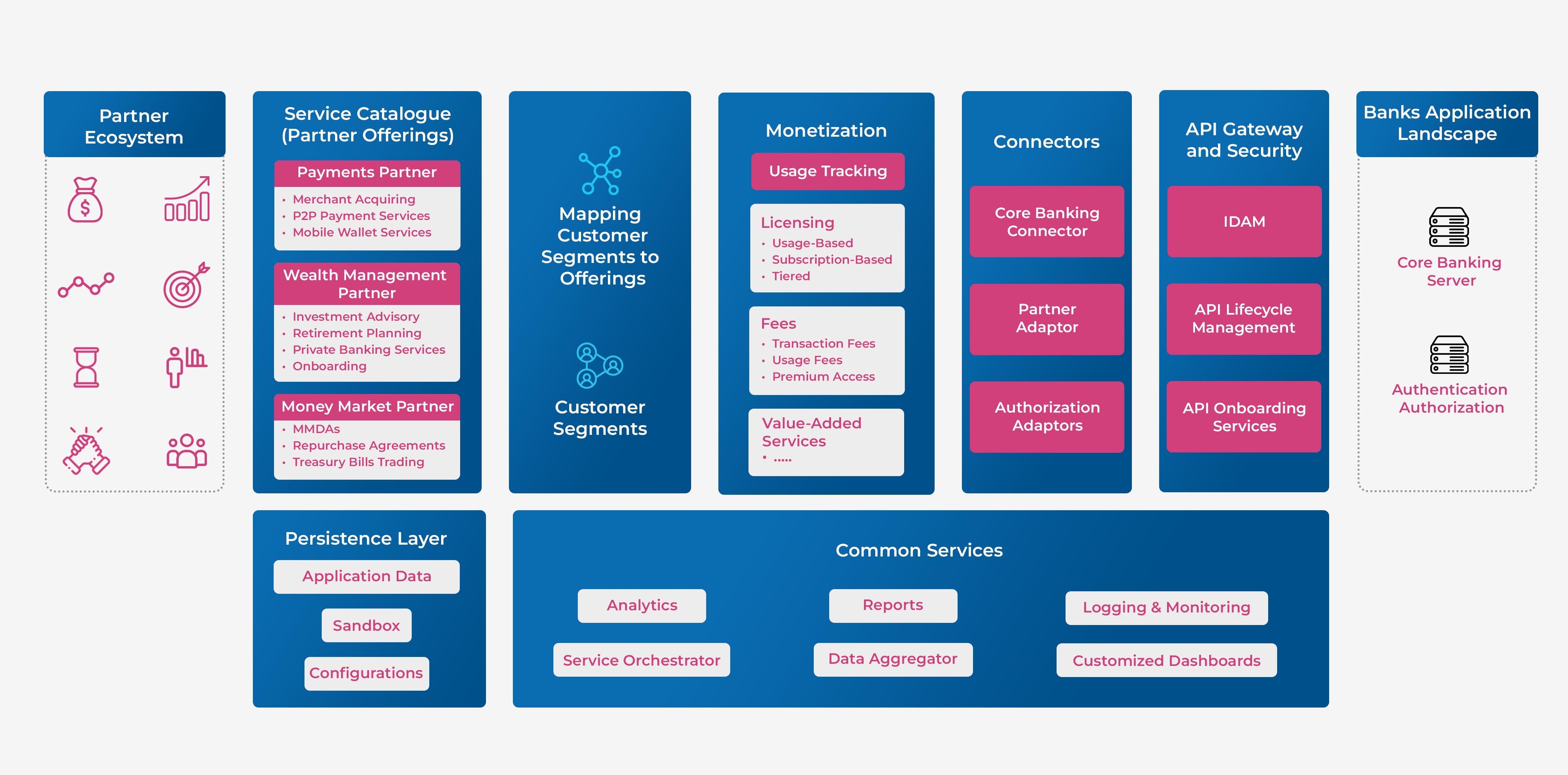The ESG (Environmental, Social, and Governance) landscape is rapidly evolving, driven by regulatory requirements and increasingly by investor expectations. Asset managers who focus solely on compliance risk missing a critical shift: today, the investors are leading the charge for deeper ESG integration. These investors require real-time, granular, and actionable ESG data beyond what regulators currently mandate. For asset managers, meeting these evolving expectations is crucial to maintaining competitive advantage and relevance.
Investors Demand More Than Compliance
While global regulatory frameworks like the ISSB’s IFRS S1 & S2 and the EU’s Corporate Sustainability Reporting Directive (CSRD) push for increased transparency, investors are setting even higher expectations. They seek detailed, timely disclosures beyond regulatory requirements, such as real-time updates on emissions, decarbonization strategies, and portfolio-level ESG performance.
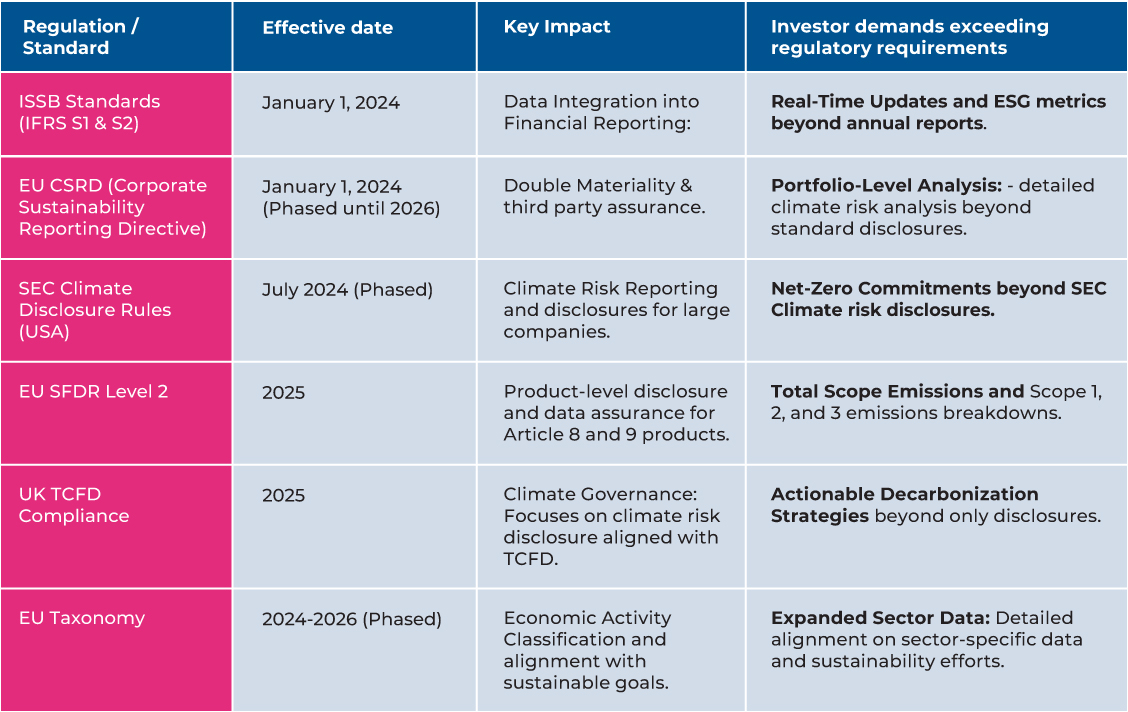
Consequences of Falling Behind Investor Demands
Failure to meet investor expectations carries significant risks, including reputational damage, fund outflows, and reduced market share. Here are real-world examples where investor dissatisfaction had tangible impacts:
Morningstar’s Sustainable Tag Removals: A notable example occurred in 2023 when Morningstar removed the sustainable tags from over 1,200 funds due to concerns over greenwashing and the lack of transparent, detailed ESG disclosures. As a result, Morningstar saw significant fund redemptions as investors moved their capital to funds that provided better ESG transparency and alignment with their sustainability goals.
Centralized ESG Data Governance: Critical for Meeting Investor Demands
Asset managers need to move beyond fragmented compliance-focused frameworks to align with investor demands. A centralized ESG governance model is essential for integrating ESG data into investment strategies and meeting investor expectations:
1.) Ensuring Real-Time Data Availability:
Investors demand real-time insights into portfolio performance, particularly around emissions and decarbonization targets. Centralized governance ensures data flows seamlessly across the organization, enabling timely updates and responsiveness to investor inquiries.
2.) Achieving Consistent and Transparent Reporting:
By centralizing data management, asset managers can standardize reporting across all portfolios, addressing investor demands for granular data, such as Scope 1, 2, and 3 emissions. This also reduces discrepancies that can erode investor trust.
3.) Strengthening Assurance Processes:
Investors are increasingly skeptical of unverified ESG claims. A centralized governance structure, led by the CFO, can ensure rigorous data validation and third-party assurance, strengthening ESG disclosures’ credibility.
Integrating ESG data into a centralized governance framework is about more than regulatory compliance; it’s about meeting investor expectations and securing long-term capital inflows.
Integrating ESG Across the Portfolio Lifecycle
To fully meet investor expectations, asset managers must embed ESG considerations into every stage of the portfolio lifecycle, moving beyond static compliance to a more dynamic approach:
Pre-Investment Screening: Incorporate ESG assessments during the due diligence phase to evaluate sustainability risks and opportunities. This includes assessing alignment with net-zero goals and sector-specific sustainability metrics.
1.) Portfolio Monitoring:
Use automated monitoring tools to track real-time changes in investee companies’ ESG performance, particularly in high-impact areas like emissions reductions. This ensures that investors receive timely updates on their investments’ sustainability progress.
2.) Active Ownership and Engagement:
Engage with investee companies to push for improved ESG practices, particularly around data quality. Active stewardship and collaborative initiatives help asset managers align their portfolios with investor expectations.
3.) Exit Strategies:
Include ESG factors in exit decisions, especially when sustainability risks could impact financial returns. For instance, asset managers may need to divest from companies that consistently fail to meet emissions reduction targets to maintain investor confidence.
The Hidden Challenge: Dependency on Primary Data Sources
A significant challenge for asset managers is their reliance on ESG data provided by investee companies, which often lacks the granularity required by investors. Companies are hesitant to enhance their disclosures unless mandated by regulators, leaving asset managers with incomplete data. This dependency complicates asset managers’ ability to meet investor demands for transparency and real-time updates.
To address this, asset managers and institutional investors are increasingly lobbying for enhanced regulatory requirements to compel companies to improve their ESG disclosures. This collaborative push is critical, as it ensures that all stakeholders in the value chain—companies, asset managers, and investors—contribute to a more robust ESG reporting ecosystem. By advocating for stricter standards, asset managers can reduce reliance on inconsistent data and better align with investor expectations.
The Message is clear.
Investors are now driving the ESG agenda, and asset managers must adapt or risk being left behind. By integrating ESG into core financial reporting and leveraging technology to automate and enhance data quality, firms can stay ahead of regulatory and investor demands. This proactive approach ensures compliance and unlocks new growth opportunities.
In the final part of this series, we will explore how RegTech is revolutionizing ESG management. The upcoming blog will cover how strategic, operational, control, and analytical tools can transform ESG compliance into a streamlined, value-driving process.
Stay tuned for a deep dive into how technology can help asset managers achieve a competitive edge in ESG reporting.
Co-authored by Deepak Bhatter, and Venkatesh Padmanabhachari
Maveric’s thought leadership series – E.D.G.E (Experiences Delivered by Global Experts) – handpicks the game-changing technology ideas and pressing functional questions financial institutions must solve today.
These features – reports, whitepapers, podcasts, flyers, blogs, and infographics – are for Banking leaders and Technology evangelists to apply profound trends, the latest opinions, and transformational analyses to boost the performance of their organizations.
About Maveric Systems
Established in 2000, Maveric Systems is a niche, domain-led, BankTech specialist, transforming retail, corporate, and wealth management digital ecosystems. Our 2600+ specialists use proven solutions and frameworks to address formidable CXO challenges across regulatory compliance, customer experience, wealth management and CloudDevSecOps.
Our services and competencies across data, digital, core banking and quality engineering helps global and regional banking leaders as well as Fintechs solve next-gen business challenges through emerging technology. Our global presence spans across 3 continents with regional delivery capabilities in Amsterdam, Bengaluru, Chennai, Dallas, Dubai, London, New Jersey, Pune, Riyadh, Singapore and Warsaw. Our inherent banking domain expertise, a customer-intimacy-led delivery model, and differentiated talent with layered competency – deep domain and tech leadership, supported by a culture of ownership, energy, and commitment to customer success, make us the technology partner of choice for our customers
